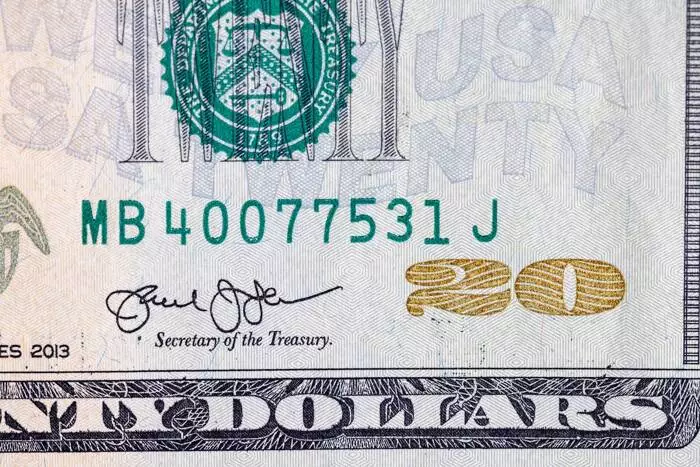The discourse surrounding tariffs often paints them as formidable agents of economic disruption, yet the current stance suggests an overestimation of their immediate consequences. While it is undeniable that tariffs influence trade dynamics and price structures, the evidence points to a complex, delayed impact rather than an instant upheaval. Many analysts prudently hesitate to draw definitive conclusions based on June data alone, understanding that tariffs tend to ripple through the economy gradually. The forthcoming data, expected to show modest inflation upticks, may not be enough to alter the trajectory of Federal Reserve policy or significantly stoke inflation fears. It seems premature to declare that tariffs will push the US economy into a downturn, especially given the current resilience in economic indicators and the myriad of other influencing factors such as supply chain efficiencies and monetary policy responses.
Inflation Expectations: A Mask for Deeper Economic Realities?
Economists anticipate a modest escalation in inflation figures for June, with core inflation inching up to 3%. However, these numbers should be interpreted with caution. A slight rise in price levels after a period of stability does not necessarily signal a robust inflationary trend; it could simply reflect transient shocks, including tariff effects on specific sectors like apparel and manufactured goods. Market reactions to these figures often hinge on the narrative spun around them. If inflation exceeds expectations, it risks fueling a speculative rally for the US dollar, as investors seek safety and liquidity. Conversely, if data come in below forecasts, the dollar might face downward pressure. Nonetheless, the core question remains: are these fluctuations enough to justify a shift in monetary policy? I argue that they are not, especially given the Federal Reserve’s cautious stance and internal divisions.
The Fed’s Dilemma: Balancing Short-Term Data with Long-Term Stability
The Federal Reserve’s recent communications reveal a nuanced dilemma — navigate between the risks of premature rate cuts and the dangers of stubborn inflation. With some committee members receptive to easing, there remains a significant faction urging patience, emphasizing the importance of observing inflation trends over several months. The detailed minutes highlight this division, illustrating a lack of consensus on the urgency or necessity of a rate cut. Such internal debate underscores that monetary policy is more art than science, carefully calibrated to avoid unintended consequences. While markets price in potential rate reductions for later in the year, I believe this optimism overlooks the Fed’s broader mandate to sustain price stability and economic growth. A cautious approach is warranted, as aggressive easing could reignite inflation pressures or destabilize financial markets.
Market Dynamics and Currency Movements: The Power Play
Currency markets are remarkably sensitive to inflation data and Fed outlooks. A higher-than-expected inflation report could ignite a rally in the US dollar, driven by expectations of monetary tightening or at least a pause in easing. Traders could unwind their short USD positions, pushing the currency higher despite caution from policymakers. Conversely, negative surprises might lead to a weaker dollar, reflecting concerns about economic slowdown or diminishing returns from future rate cuts. The current positioning of traders, notably the overstretched short USD positions, suggests potential vulnerabilities in the currency’s narrative. If data undershoot expectations, the USD could tumble, impacting global markets and capital flows. This dynamic interplay underscores how intertwined monetary policy, market psychology, and short-term economic indicators truly are, often distorting the underlying health of the economy.
The Larger Story: Is the Economy Masking its True State?
While data points suggest only modest inflation and a resilient economy, I believe these figures mask deeper issues. The economy might appear stable now, but underlying vulnerabilities—such as high levels of corporate debt, uneven employment gains, and global geopolitical tensions—could soon surface. The current cautious stance of the Fed underscores the uncertainty and fragility that underpins these benign headlines. If inflation accelerates unexpectedly or declines sharply, it might trigger a reevaluation of current policies, but the underlying risks will remain. Moreover, the narrative that tariffs are a major disruptor may be overly simplistic; their true impact is likely to be felt over a longer horizon, especially as global supply chains recalibrate and consumer behavior adapts. The economic picture is less clear-cut than superficial data suggests, requiring a more critical and measured approach before accepting optimistic conjectures at face value.

